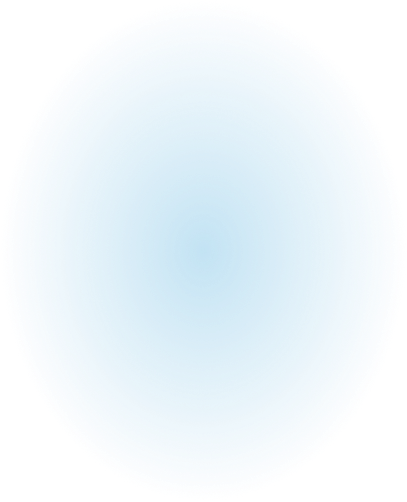Fibril/Oligomer Formation by Optineurin In Vitro
About the Research Project
Program
Award Type
Standard
Award Amount
$100,000
Active Dates
July 01, 2013 - July 31, 2015
Grant ID
G2013110
Goals
Protein aggregation into multimers, or the so-called amyloid fibers, is a hallmark in neurodegenerative disorders such as Alzheimer’s disease. As glaucoma is considered to be an “ocular Alzheimer’s disease,” Dr. Yue and colleagues are interested in learning whether the optineurin protein, a product of glaucoma disease gene, is similarly capable of forming aggregates and causing problems, especially in situations where optineurin is found to be mutated. If so, Dr. Yue will find a way to minimize or prevent the aggregation for developing future therapies in the clinic.
Summary
Using modern biophysical and biochemical methods, Dr. Yue intends to find ways to minimize, prevent, or avert (rescue) the optineurin aggregation and toxicity.
When the study is complete, the field of glaucoma will be able to answer, for the first time, the following question: Can optineurin aggregate to form toxic amyloid fibrils or oligomers? The rescue experiments will provide important information for the development of therapies to prevent optineurin-related glaucoma.
Related Grants
National Glaucoma Research
Human Retinal Regeneration to Cure Glaucoma
Active Dates
July 01, 2025 - June 30, 2027

Principal Investigator
Karl Wahlin, PhD
Current Organization
University of California, San Diego
National Glaucoma Research
Mitochondria in Retinal Ganglion Cells
Active Dates
July 01, 2025 - June 30, 2027

Principal Investigator
Rob Nickells, PhD
Current Organization
University of Wisconsin-Madison
National Glaucoma Research
Role of a Key Gene, Angptl7, in Steroid-Induced Glaucoma
Active Dates
July 01, 2025 - June 30, 2027

Principal Investigator
W. Daniel Stamer, PhD
Current Organization
Duke University



